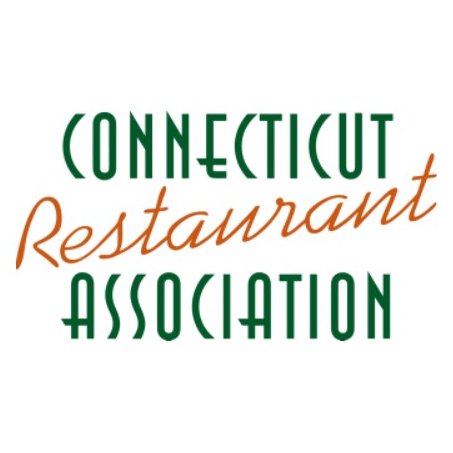
 Advocating for RRF replenishment, survey shows 12,000 Connecticut jobs benefited from first funding efforts
Advocating for RRF replenishment, survey shows 12,000 Connecticut jobs benefited from first funding efforts
From Staff Reports
The Connecticut Restaurant Association (CRA) shared its state survey data on Jan. 27 highlighting the negative impact the omicron variant has had so far on state venues and the positive impact the Restaurant Revitalization Fund (RRF) had on the Connecticut restaurant industry. According to National Restaurant Association analysis, the first round of RRF funding saved more than 12,000 Connecticut jobs and helped 97% of grant recipients stay in business. State and national trade associations are advocating for Senate Bill 2675, the legislation necessary to replenish the RRF, which needs 60 Senate votes to pass.
In addition, the survey found nearly 51% of restaurant operators who did not receive RRF grants feel it’s unlikely that they will stay in business beyond the pandemic without a grant, and 96% of restaurant operators who applied for an RRF grant, but did not receive funding, said a future grant would enable them to retain or hire back employees.
“The survey highlights how impactful RRF replenishment would be. The National Restaurant Association estimates indicate that full replenishment of the RRF will save an additional 18,000 Connecticut restaurant jobs,” said Scott Dolch, President & CEO, CRA. “The RRF was a critical lifeline to many, but far more remain on the sidelines, desperately looking for support amidst continued economic uncertainty. The decisions Congress could make in the coming weeks will be critical toward the future of the restaurants that are so proud to serve our communities.”
The restaurant industry was hit hard again by the latest surge of COVID-19 cases caused by the omicron variant. Forced to adapt to deteriorating consumer confidence, restaurants reduced hours and days of operation, cut seating capacity and pivoted to off-premises dining; the data showed “the end result being lower sales volumes in 2021 than in 2019.”
The survey found that 96% of restaurants experienced a decline in customer demand for indoor on-premises dining because of the omicron variant; 87% of operators report that business conditions are worse now than three months ago; and 80% say their restaurant is less profitable now than it was before the pandemic. As a result, 87% of operators say business conditions for their restaurant reported worse conditions than they were three months ago. Only 2% say business conditions improved during the last three months leading up to the survey period.
The data timeframe considers the cumulative effects of nearly two years of pandemic-induced challenges: 75% of operators say their restaurant accumulated additional debt since the beginning of the COVID-19 outbreak in March 2020; 73% of operators say their restaurant fell behind on expenses since the beginning of the COVID-19 outbreak in March 2020; and 80% of operators say their restaurant is less profitable now than it was before the beginning of the COVID-19 outbreak in March 2020.
“This new data shows that restaurant recovery is paralyzed and nowhere near complete. The first round of RRF saved many in our industry when it provided more than 1,300 grants to Connecticut small businesses, but we need Congress to finish the job and fund the additional 2,066 pending state applications,” said Dolch. While the first round of RRF provided support to 1,300 small businesses in the state, Connecticut still has 2,066 pending applications that total more than $489 million, he said.
The Connecticut findings were provided by the National Restaurant Association Research Group, which conducted a COVID-19 Restaurant Impact Survey of 4,200 restaurant operators Jan. 16-18, 2022. For more data, questions on this issue, or for additional details, visit ctrestaurant.org or email info@ctrestaurant.org.



